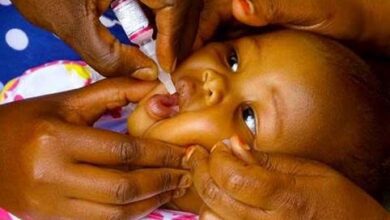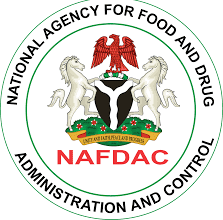Malaria Prevalence In Nigeria On Decline- Report

The 2021 National Malaria indicator Survey (NMiS) Report has shown that Nigeria recorded a slight decrease in malaria prevalence, from 23% in 2018 to 22%.
The Minister of Health, Dr. Osagie Ehanire disclosed this at the Official Launch and Dissemination of the National Malaria indicator Survey (NMiS) Report and The National Advocacy Communication and Social Mobilization (ACSM) Strategy & Implementation Guideheld on Wednesday, November 30, 2022 in Abuja.
Ehanire stated that, Malaria was a major public health challenge in Nigeria. He said the disease constitutes a huge epidemiologic burden and continued to cripple the economic development of the country.
The Health Boss noted that malaria was a leading cause of mortality and morbidity in Nigeria, with young children and pregnant women disproportionately affected.
Furthermore, he informed that the disease accounts for 60% of outpatient visits to health facilities, 30% of childhood deaths, 11% of maternal death (4,500 die yearly), and 25% of deaths in infants (children aged <1 year).
He said, the 2021 World Malaria Report from the World Health Organization showed that 9 -10 persons die every hour due to malaria or malaria-related issues in Nigeria and that the country contributes 27% to the global malaria burden and 32% to malaria deaths globally.
Also, Ehanire announced that children under 5 years of age, remained the most vulnerable group affected by malaria accounting for 67% of all malaria deaths.
He also noted that it was pertinent to note that the Government of the Federal Republic of Nigeria and its partners had made consistent and concerted efforts over the years in providing resources towards the elimination of malaria in the country, and this had resulted to millions of lives being saved:
“The results of the 2021 NMIS show a further decline in the national prevalence of malaria to 22% from 23% in 2018, and 42% in 2010.While this may not appear significant at the national level, at the sub-national substantial gains have been observed in several States.
“We are seeing gains being sustained in getting the general population to adopt key preventive measures. 56% of households own at least one Insecticide Treated Nets (ITN) while 36% of household members, 41% of children under 5, and 50% of pregnant women slept under an ITN the
night before the survey.
“This underscores the importance of access, and therefore our drive to use all means including rolling mass campaigns to reach the teaming populations of Nigeria with nets”, Ehanire said.
On her part, National Coordinator, National Malaria Elimination Programme, Dr. Perpetua Umomoihi informed that the essence of having the ACSM Strategy & Implementation Guide was to drive the
needed behavioural change to prevent and eliminate malaria.
Umomoihi said, while knowledge about how to prevent the disease was high, health-seeking behaviours still lagged behind. Therefore, there was need to do things differently to improve acceptability and uptake of malaria interventions among the populace.
Making reference to NMiS, she said Malaria prevalence by states, comparing year 2021 and 2018 showed the percentage of children age 6-59 months who tested positive for malaria by microscopy in Kebbi state to be 52% in 2018 but now 49%, while Lagos State had the least prevalence rate of 3%.
She therefore, deduced that there were
improvements in most supported states compared to what was seen in 2018 National Demographic Health Survey (NDHS).
Also, Chairman, Malaria Technical Working Group, Dr. Maxwell Kolawole informed that the National Malaria Strategic Plan’s (NMSP) goal was to achieve a parasite prevalence of less than 10% and reduce mortality attributable to malaria to less than 50 deaths per 1,000 livebirths by 2025.






